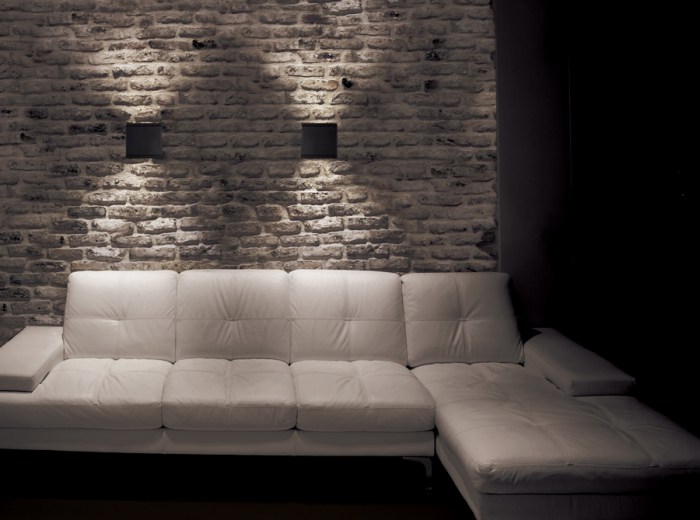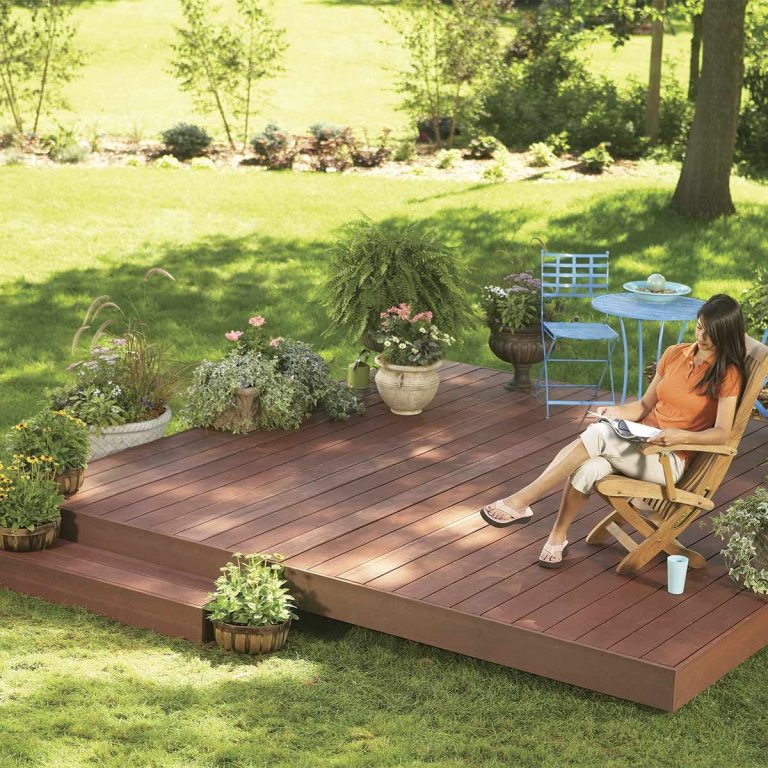
Delving into best ways to use accent lighting in interior spaces, this introduction immerses readers in a unique and compelling narrative, with casual formal language style that is both engaging and thought-provoking from the very first sentence.
Accent lighting has the power to transform the ambiance of any room, creating a mesmerizing interplay of light and shadows that adds depth and character to your living space. As we explore the best practices and creative techniques for using accent lighting, you’ll discover how to elevate your home’s aesthetic appeal with a touch of illuminating sophistication.
Accent Lighting Basics

Accent lighting is a key element in interior design that helps create ambiance, highlight architectural features, and add depth to a space. By strategically placing accent lights, you can draw attention to specific areas or objects, enhancing the overall look and feel of a room.Some common types of accent lighting fixtures include:
Track lighting
Adjustable fixtures mounted on a track to direct light where needed.
Wall sconces
Fixtures that are attached to walls to provide uplight or downlight.
Recessed lights
Lights that are installed into the ceiling or wall for a seamless look.
Picture lights
Fixtures designed to illuminate artwork or decorative objects.Proper placement of accent lighting is crucial for achieving the desired effect. It’s essential to consider the focal points in a room and determine the best angles and positions for the lights. By experimenting with different placements, you can create the right balance of light and shadow to enhance the overall atmosphere.
Importance of Proper Placement
When it comes to accent lighting, the key is to highlight the features you want to stand out while creating a harmonious balance with the ambient and task lighting in the space. Proper placement can make a significant difference in the overall look and feel of a room, emphasizing architectural details, artwork, or decorative elements effectively.
Choosing the Right Fixtures
When it comes to accent lighting, selecting the right fixtures is crucial to enhancing the overall ambiance of a space. The type of fixtures chosen can greatly impact the functionality and aesthetics of the room. Here are some tips on choosing the best accent lighting fixtures for different areas in a home and how to match them with the interior design style.
Types of Fixtures
- Wall Sconces: Ideal for creating a warm and inviting atmosphere in living rooms or bedrooms.
- Recessed Lights: Perfect for highlighting artwork or architectural features in a room.
- Pendant Lights: Great for adding a touch of elegance over dining tables or kitchen islands.
Matching Fixtures with Interior Design
- Modern Style: Opt for sleek and minimalist fixtures to complement contemporary interiors.
- Traditional Style: Choose ornate fixtures with classic designs to enhance traditional decor.
- Transitional Style: Mix and match fixtures that blend modern and traditional elements for a cohesive look.
Role of LED Lighting
LED lighting has revolutionized accent lighting with its energy efficiency and versatility.
- Energy Efficiency: LED fixtures consume less power than traditional lighting, reducing energy costs.
- Color Options: LED lights come in a variety of colors, allowing for customization to suit different moods and settings.
- Longevity: LED fixtures have a longer lifespan compared to incandescent bulbs, reducing the need for frequent replacements.
Creating Ambiance with Accent Lighting
Accent lighting plays a crucial role in setting the ambiance of a room. By strategically placing accent lights, you can enhance the mood and atmosphere, making the space more inviting and visually appealing.Color temperature and brightness are key factors that can influence the ambiance of a room. Warm white light (around 2700K to 3000K) tends to create a cozy and intimate atmosphere, perfect for living rooms or bedrooms.
On the other hand, cool white light (around 4000K to 5000K) can make a space feel more vibrant and energizing, ideal for kitchens or work areas. Adjusting the brightness of accent lights can also impact the ambiance, with dimmer lights creating a softer, more relaxed feel, while brighter lights can add drama and focus.Layering accent lighting is a great technique to add depth and interest to a room.
By combining different types of accent lights, such as wall sconces, uplights, and spotlights, you can create a multi-dimensional look that highlights architectural features, artwork, or specific areas of the room. This layering effect not only adds visual interest but also helps to create a balanced and well-lit space.
Examples of Layering Accent Lighting
- Use wall sconces to provide ambient lighting and highlight textures on walls.
- Place uplights behind plants or decorative objects to create a warm glow and add depth to the room.
- Install spotlights to draw attention to focal points like a fireplace or a piece of art.
Highlighting Architectural Features

Accent lighting can play a crucial role in highlighting architectural features within interior spaces. By strategically placing lights, you can draw attention to specific design elements, enhance the overall aesthetic, and create a sense of depth and dimension in the room.
Using Accent Lighting to Highlight Details
Accent lighting can be used to accentuate architectural details such as moldings, columns, or textured walls. By placing lights above or below these features, you can create shadows and highlights that bring out the intricate design elements. For example, uplighting can be used to showcase a beautiful ceiling design, while wall grazing can emphasize the texture of a stone wall.
Impact on Perception of Space and Dimension
The use of accent lighting to highlight architectural features can greatly impact the perception of space and dimension in a room. By illuminating specific areas, you can create focal points that visually expand the space or add depth to flat surfaces. For instance, highlighting a column with accent lighting can make it appear more prominent and visually separate it from the surrounding walls, giving the room a more dynamic and interesting look.
Accent Lighting in Different Rooms
Accent lighting can truly transform the atmosphere of a room, creating a cozy and inviting ambiance. Let’s explore how accent lighting can be effectively utilized in various rooms of the house, each with its unique considerations.
Living Room
In the living room, accent lighting can be used to highlight artwork, sculptures, or architectural details such as a fireplace or a feature wall. Consider wall sconces, picture lights, or track lighting to draw attention to these focal points.
Kitchen
In the kitchen, under-cabinet lighting can provide task lighting while also adding a warm glow to the space. Pendant lights above an island or a dining table can serve as both functional and decorative accent lighting.
Bedroom
In the bedroom, consider using bedside table lamps with adjustable arms to direct light where needed for reading or other tasks. Additionally, a chandelier or a series of pendant lights can add a touch of elegance to the room.
Bathroom
In the bathroom, accent lighting around the vanity mirror is essential for grooming tasks. Wall-mounted fixtures on either side of the mirror or a lighted mirror itself can provide even illumination for applying makeup or shaving.
Unconventional Spaces
Don’t overlook unconventional spaces like closets or home offices when planning accent lighting. LED strip lights can be installed along closet rods or under shelves to illuminate these spaces effectively. In a home office, consider adjustable desk lamps or overhead track lighting to create a well-lit workspace.
Accent Lighting Trends
Accent lighting trends are constantly evolving to meet the changing needs and preferences of modern interior design. Designers are incorporating innovative techniques and technologies to create unique and impactful lighting effects in residential and commercial spaces. Let’s explore some of the current trends in accent lighting design and technology, as well as eco-friendly options for fixtures.
Smart Lighting Integration
One of the latest trends in accent lighting is the integration of smart lighting systems. Designers are incorporating smart LED fixtures that can be controlled through mobile apps or voice assistants. This allows users to adjust the color, intensity, and even the direction of the light to create the perfect ambiance for any occasion.
Minimalist Fixtures
Another popular trend is the use of minimalist accent lighting fixtures. Designers are opting for sleek and simple designs that blend seamlessly into the architecture of the space. These fixtures provide subtle illumination without overpowering the room, creating a clean and modern aesthetic.
Biophilic Lighting
Biophilic lighting, which mimics natural light patterns, is gaining popularity in interior design. Designers are using accent lighting to simulate the effects of sunlight filtering through leaves or the gentle glow of a sunset. This not only enhances the visual appeal of the space but also promotes a sense of well-being and connection to nature.
Eco-Friendly Options
With a growing focus on sustainability, eco-friendly accent lighting fixtures are becoming more prevalent. Designers are choosing energy-efficient LED bulbs, recyclable materials, and fixtures with minimal environmental impact. These eco-friendly options not only help reduce energy consumption but also contribute to a healthier planet.
DIY Accent Lighting Projects
Creating your own accent lighting projects can be a fun and budget-friendly way to enhance the ambiance of your interior spaces. Here, we’ll provide step-by-step guides for creating DIY accent lighting projects, share some cost-effective ideas for incorporating accent lighting without the need for major renovations, and discuss safety tips and best practices for installing DIY accent lighting fixtures.
DIY LED Strip Lighting Installation
Installing LED strip lighting is a popular DIY project that can add a modern touch to any room. Here are the steps to guide you through the process:
- Measure the area where you want to install the LED strips and cut the strips to fit.
- Clean the surface where you will be attaching the strips to ensure proper adhesion.
- Peel off the adhesive backing and carefully stick the LED strips in place.
- Connect the strips to a power source and test the lighting before securing them permanently.
- Use cable clips to keep the wires organized and hidden for a clean finish.
Remember to always follow the manufacturer’s instructions for safe installation and usage of LED strip lighting.
Mason Jar Accent Lights
Creating accent lights using mason jars is a charming and creative DIY project. Here’s how you can make your own mason jar accent lights:
- Start by drilling a hole in the lid of the mason jar to fit the light fixture.
- Insert the light fixture through the hole and secure it in place.
- Fill the mason jar with fairy lights or LED candles for a cozy glow.
- Screw the lid back onto the mason jar and display your custom accent lights in any room.
Ensure that the light fixture is compatible with the power source to prevent any electrical hazards.
From highlighting architectural features to setting the mood in different rooms, mastering the art of accent lighting opens up a world of design possibilities. By incorporating these strategies into your home, you can truly make a statement with light and redefine the way you experience your living environment.
User Queries
How can accent lighting enhance the ambiance of a room?
Accent lighting can create focal points, highlight architectural details, and add a warm, inviting glow to different areas, enhancing the overall atmosphere of the room.
What are some creative ways to incorporate accent lighting in unconventional spaces?
You can use LED strips under cabinets, behind mirrors, or along staircases to add a touch of accent lighting in unexpected areas, transforming them into visually stunning spaces.


